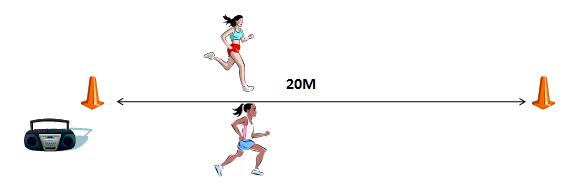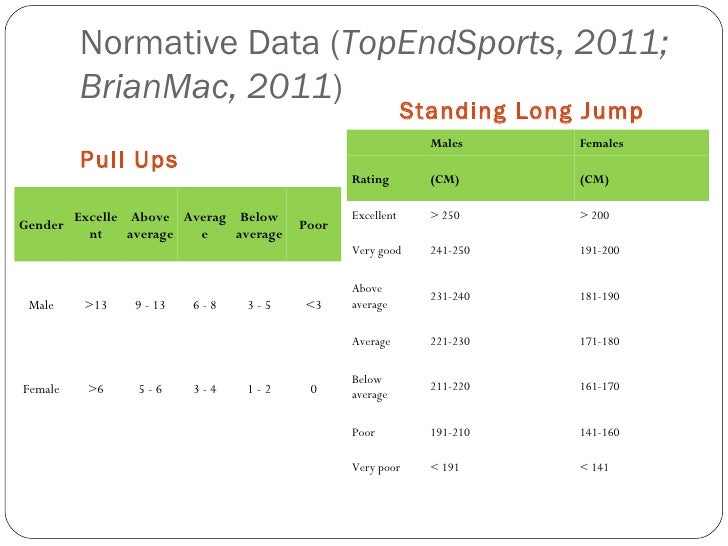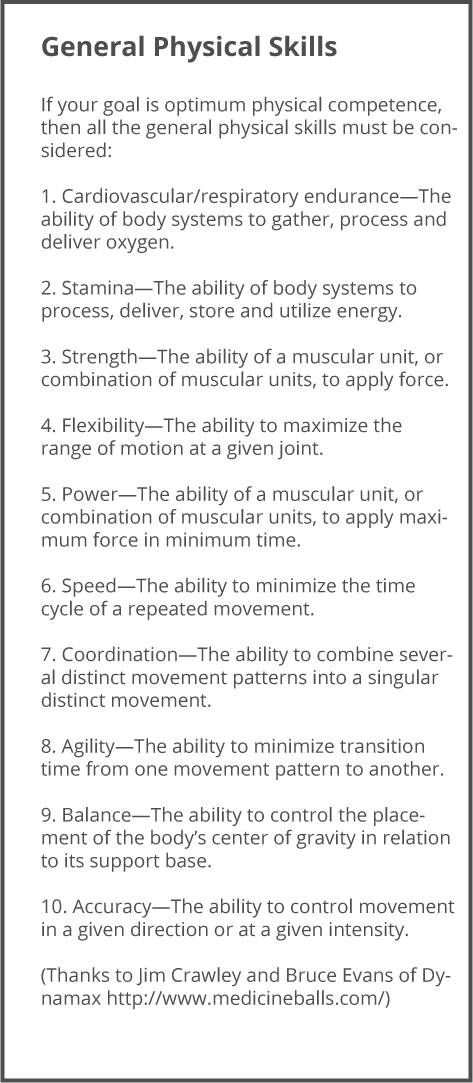Aerobic fitness tests are useful for determining your aerobic fitness level and for seeing your improvement after a period of aerobic exercise training. Sub-maximal exercise tests do not require all-out effort and can be effective in estimating and predicting your maximal oxygen uptake. Aerobic fitness tests can be done on a treadmill, an exercise bike or on a track or other safe place to walk or run.
Body composition, such as the amount of body fat and muscle mass, can also significantly affect sporting performance. Body size and composition can be considered important in sports where you have an advantage of being tall (e.g. Basketball) or small (jockeys), heavy. Cardiovascular Endurance - the heart's ability to deliver blood to working muscles and their ability to use it (e.g. Running long distances) Strength Endurance - a muscle's ability to perform a maximum contraction time after time (e.g. Continuous explosive rebounding through an entire basketball game). Aerobic endurance testing Fitness can be measured by the volume of oxygen you can consume while exercising at your maximum capacity. VO2max is the maximum amount of oxygen in millilitres, one can use in one minute per kilogram of body weight.
Pre-testing
Regardless of the type of fitness test used, the American College of Sports Medicine, or ACSM, recommends that certain procedures be followed. It recommends obtaining your resting blood pressure and heart rate immediately before starting your exercise. It also suggests that you become familiar with the equipment used during the test and the testing procedures. A certified exercise specialist can help you determine which type of sub-maximal fitness test is right for you and use the appropriate formula to interpret your results after testing.
Rockport Walk Test
The Rockport Walk Test is a sub-maximal exercise test that can be done on a treadmill or on a track. It is used for people who are generally less fit and cannot run for very long, if at all.
Walk as fast as you can for one mile, but at a pace that you can sustain for the entire distance. Immediately after you complete the mile, check your heart rate and note the time it took you to complete the distance. You will use this number as well as your weight, age and gender to determine your results.
Read more:Physical Fitness Tests & Activities

One-mile Jog Test
Exercises For Cardiovascular Endurance

The 1-mile jog test is typically used for fitter people, compared to the Rockport Walk Test.
Examples Of Cardiovascular Endurance
Using a scale, record your weight. Warm up for 10 minutes with an easy jog. Set your stopwatch and jog one mile at a steady pace. To make sure the test stays sub-maximal, your run time should not be less than eight minutes for men or less than nine minutes for women. Upon finishing the mile, immediately take your pulse and record your heart rate. You will need your weight and heart rate to calculate your results.
YMCA Cycle Test
The YMCA Cycle Test is a multi-stage sub-maximal test that can also help you estimate your aerobic fitness, however it is more applicable for cyclists who are already familiar with the equipment. This test should be administered by an exercise specialist as it requires specific procedures and equipment, including a cycle ergometer and a blood pressure cuff.
Cardiovascular Endurance Definition Brian Mac Fitness
Prior to the test, weight, height, resting blood pressure and resting heart rate should be recorded. You should also adjust the seat and handle bars and practice the pacing before the test begins.
HOW TO DO IT:

Cardiovascular Endurance Definition For Kids
Begin by pedaling at a rate of 50 RPM for three minutes. At the end of the stage, heart rate and blood pressure are recorded and the work load is increased based on heart rate. Do the same in stages two and three, adjusting the work load as necessary. At minute 9, the test is complete and there is a 5-minute cool down.
Cardiovascular Endurance Definition Brian Mac Power
Throughout the test, the administrator will measure and record your blood pressure and pulse and ask you your rate of perceived exertion, or RPE. This is a scale that measures your feelings of fatigue and how strenuous the exercise is for you. All of the information collected will be used by the administrator to determine your results.